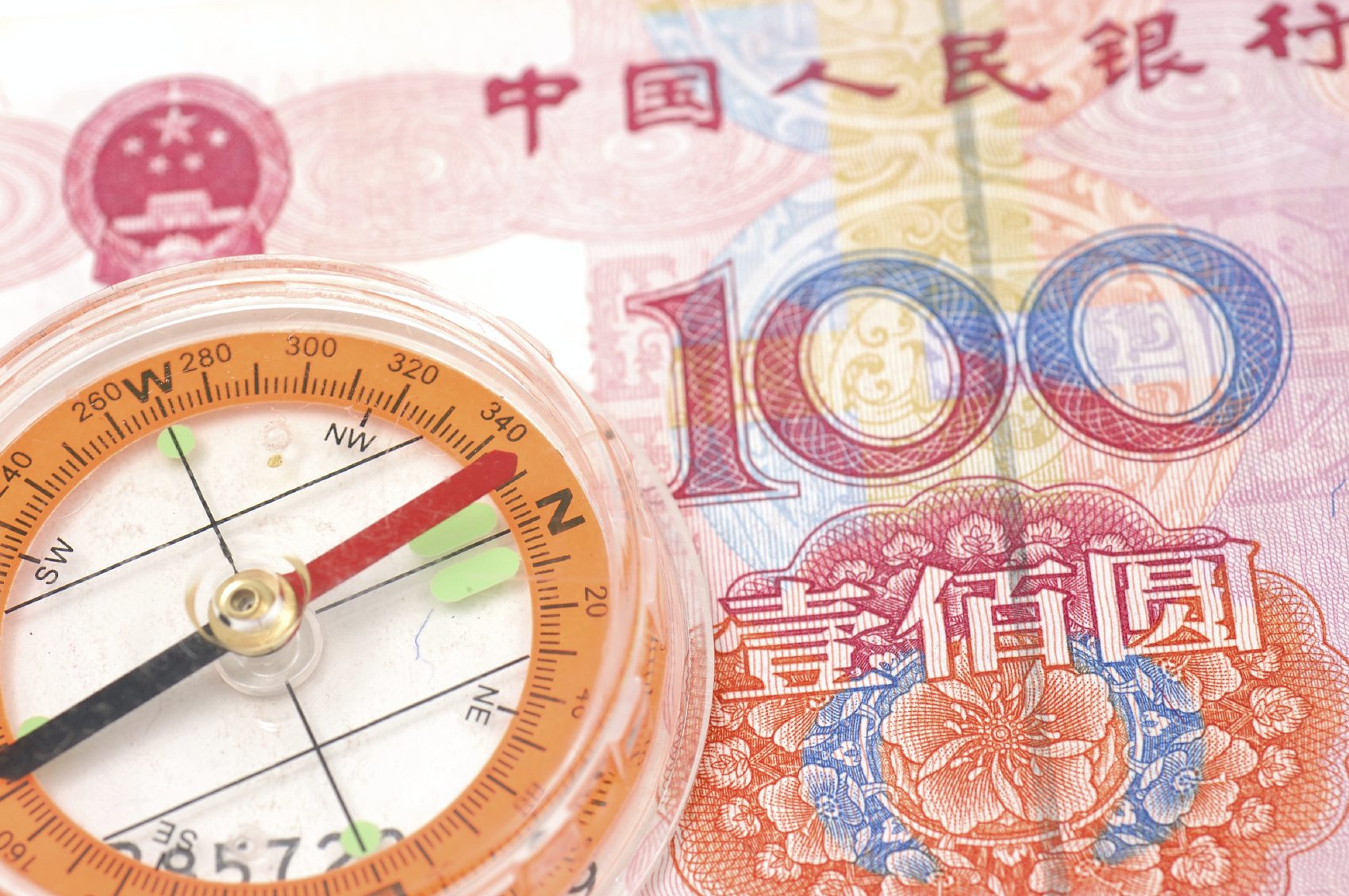The only long-term fix for the Chinese economy lies in addressing the seemingly insurmountable structural issues, a move which will cause much pain in the short run.
The year 2015 has seen a number of worrying uncertainties creep up in the Chinese economy—the growth rate is declining, the stock market is extremely volatile, the Renminbi has fallen dramatically and international trade is on a downswing.
What has happened to the economy? And how will economic reforms play out in the future?
Let’s look at the problems of the Chinese economy in four aspects—interest rates, the exchange rate, the stock market and land finance.
China’s central bank just removed the cap for deposit rates the past weekend, but historically it had kept a tight control on how high deposit rates could go.
The deposit rate ceiling had two consequences. The first is that the coupon rates of government bonds were lowered, and since the government has a large share in commercial banks, it received more fiscal revenue—it was equivalent to a tax imposed on savers. The second is that lower interest rates spurred investment growth, especially government-led investment that generally had lower returns than private investment. This resulted in a crowding-out effect, which means that the increase in government spending suppressed private spending. Therefore, many private projects had to turn to other financing channels—such as trusts—to raise money. This effect lowers economic efficiency because of the mismatch of resources; it also leads to fast accumulation of government debt.

Fortunately, economists and government officials have, on some level, reached a consensus—the market should determine interest rates. Removing the cap for deposit rates has nominally freed interest rates in China, but the central bank needs to establish and improve market-driven mechanisms when regulating interests rates. Truly liberalized interest rates will raise the bar for low-efficiency investment and lead capital to projects with higher returns.
And let’s turn to the exchange rate. In 1994, the Chinese government reformed its exchange rate system, devalued the RMB by 50% and pegged the currency to the US dollar. The RMB didn’t depreciate during the Asian financial crisis. Instead, growth in the efficiency of the export sector as well as foreign direct investment into China were pressuring the RMB to appreciate. But since the government was trying to protect Chinese exporters, it kept a tight grip on the appreciation process to make sure that the currency only rose slowly. The move, in turn, enhanced the market’s expectation of the RMB appreciation, attracting a large amount of hot money into China for arbitrage opportunities. The capital inflow caused higher inflation and faster rise of asset prices; it was also a main source of China’s gigantic foreign exchange reserves. Therefore, China’s central bank had to increase the required reserve ratio for banks, shifting the cost of holding such big amount of reserves to banks and other financial institutions.
And of course, banks then transferred the burden to savers and borrowers. On the other hand, they moved assets and liabilities off the books (one example is the boom in the shadow banking sector) to lower the compliance cost.
To help solve the problems, the exchange rate should also be liberalized. A market-driven exchange rate will greatly increase cost and uncertainties for carry trade, which will discourage the movement of such capital moving inside and outside of China. This will give regulators more room to adjust monetary policies to contain inflation and asset bubbles. To do this, the central bank will have to significantly reduce its role in the currency market and at the same time loosen capital controls to give the market more power.
And the next is the stock market—people know that China’s market is not a free-trading market. The most typical example is the listing mechanism—currently initial public offerings are essentially subject to administrative approval. The government can ultimately decide which companies can list and whether to halt all IPOs. This resulted in higher valuations and offering prices, and that’s why many companies listed in the US were trying to come back to the domestic market.
Most experts would agree that the government should abandon the current approval system and go for a registration-based one (the reform was supposed to happen within this year until the outlook was clouded by the stock market turmoil). Instead of controlling the number of IPOs, the regulator should focus on ensuring transparent information disclosure and market activities. More IPOs would likely drive down offer prices and therefore, benefit investors in the long term.
The final issue is land finance. The context is that in China, land is either state-owned (in cities) or collectively owned (in the countryside), and only state-owned land can be traded in the open market. This means that the land in rural China will have to be transferred to the government before it can be sold to real estate developers. In this case, the government is the sole buyer of land (from farmers) and the only seller of land (to developers)—in other words, it monopolizes the primary market of land. Therefore local governments have taken advantage of its monopolistic power to benefit financially; they can also use land as collateral to get loans from banks.
Land finance brought enormous revenue for local governments, which supported a huge amount of infrastructure investment and property construction. The power to control land also bred local government corruption—an audit team from the central government found land-related wrongdoings in over 90% of local governments it inspected in 2014.
At the same time, as urbanization continued, local governments needed more financing to build roads, schools and hospitals. Since most of their fiscal revenue comes from land sales instead of taxation, a bigger population also meant a bigger financial burden. Therefore, local officials had very little interest to improve their public services to attract residents from other places.
The fix for this problem is more complicated. Beijing will have to abolish the monopolistic power of local governments in the land market, allowing collectively owned land to be traded freely. This will increase the income of farmers and reduce local officials’ power to fund redundant investment. The other thing that Beijing should do is speed up the implementation of the property tax, which is a steady income source for local governments in the long term.
And when the power of local governments is reduced, land-related corruption (such as manipulating land prices) will also decline. Once local governments need to rely on property tax to finance their budget, they will have to provide better public services to attract more home buyers from other places.
In the short term, such reforms may greatly reduce local government revenue and negatively impact local economies. But the system has already shown signs of failure, and without proper reforms, the problem could become much worse in the future.
Data from the Ministry of Finance shows that land revenue of local governments dropped 38.4% annually in the first eight months of 2015. In third and fourth-tier cities, the slump in the property market is already widespread.
The four aspects discussed above are among the many more structural issues in the Chinese economy. All solutions to the problems will have negative impacts in the short-term—the liberalization of interest rates may reduce investment; the exchange rate liberalization may lead to capital outflow; freeing up the IPO system may lower valuations and increase the financing cost for some companies; reforming land finance may create fiscal shortfalls for local governments. These measures are not necessarily popular, especially during an economic slowdown. But in the longer-term, the Chinese economy will benefit tremendously from these painful reforms today.
Li Wei is Professor of Economics at CKGSB.




















